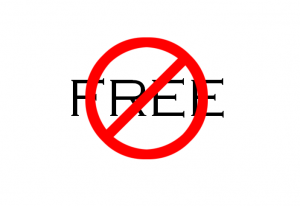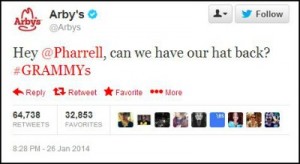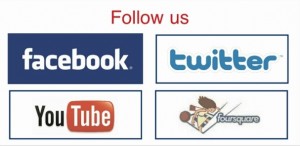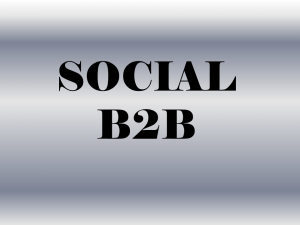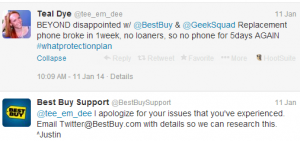Editorial Note: This post is the first installment of a new feature, Biz Eye View. Innovative business professionals will be featured periodically, sharing their expertise to help you grow.
In marketing, we place a premium on differentiation. The opposite of differentiation is commoditization, the specter of which terrifies many marketers. It is easy to understand the importance of differentiation; the challenge resides in figuring out how to execute. This challenge is not limited to product brands. Differentiation is essential for building your personal brand and advancing your professional career, but moving from concept to action snags many people.
How to Survive and Thrive in the Jungle
For professionals looking for guidance on how to break out from commoditization, I recommend reading Zebras and Cheetahs: Look Different and Stay Agile to Survive the Business Jungle by Michael Burt and Colby Jubenville (Wiley, 2013). They acknowledge that there are no quick fixes or “Easy” buttons for developing your brand, but they tackle this problem through systematic questioning of assumptions and background to position ourselves for growth.
One of the creators of the Zebra/Cheetah model is Colby Jubenville, PhD. He is a professor, consultant, and strategist based in Murfreesboro, Tennessee. Colby shared his perspective on zebras, cheetahs, and differentiation.
DR: What inspired the Zebras and Cheetahs model?
CJ: The model was developed with Coach Micheal Burt while sitting at Demos’ restaurant in Murfreesboro. A company challenged Micheal to dive monster growth over an 18-month cycle. We asked ourselves how we could make growing a company simple, easy and fun. The model is simple to understand because it is centered on a dominant focus that everyone can see and connect to. Once people understand the dominant focus of the organization, it’s easy for them to carry out the work that must be done that is related to the dominant focus.
DR: In your view, what are some obstacles that businesses and professionals face in the quest to “look different and stay agile?”
CJ: Many experts tell others that they must differentiate. But, don’t follow that up with how one does that. To me it’s about answering one simple question: What is the unique value I deliver to others in the market? Unique value is broken into three areas:
- Unique Perspective (How you see what you do)
- Unique Education (How you know what you do)
- Unique Experience (How you deliver what you do).
Understanding perspective, education and experience is critical to looking different.
Running Faster is about mindset and buying into this idea that we all need coaches in our lives. If you look back on your life, I would bet that a mentor/coach had conversations you didn’t want to have, made you do things you didn’t think you could do which led you to become something you didn’t think you could become. Coaches, in essence, teach us how to see and seize opportunity.
DR: How do you keep your personal brand focused on continuous development and growth?
CJ: I think that starts with having a clear understanding of the unique value I deliver to the world. I focus on helping organizations and people do three things: become better known, better understood, and better understand the unique value they deliver. Every decision about my brand and how I position myself goes through that filter.
Ask Questions to Understand Your Brand
One of the strengths of the Zebra/Cheetah model is the use of questions to gain perspective. Specifically, Burt and Jubenville encourage us to ask six questions for introspection to connect our past, present, and future:
- How is my perspective different from any other in the jungle?
- Through my education, what do I know that will give me and the tribe an added advantage?
- What are the top three experiences that have shaped who I am and who I want the tribe to become?
- What past struggles have helped me think better, make better decisions, and communicate in a way that the tribe understands?
- Where is the most opportunity for growth for me and my tribe?
- How can I make all of this simple and easy for others to understand?
Working harder isn’t the answer; trying your best isn’t the answer; completing checklists isn’t the answer; technology isn’t the answer. Developing a new perspective that will elevate our performance to a higher level is the answer. The Zebra/Cheetah model can help you navigate the concrete jungle and enable you to look different and stay agile while adding value to those with whom you serve.



